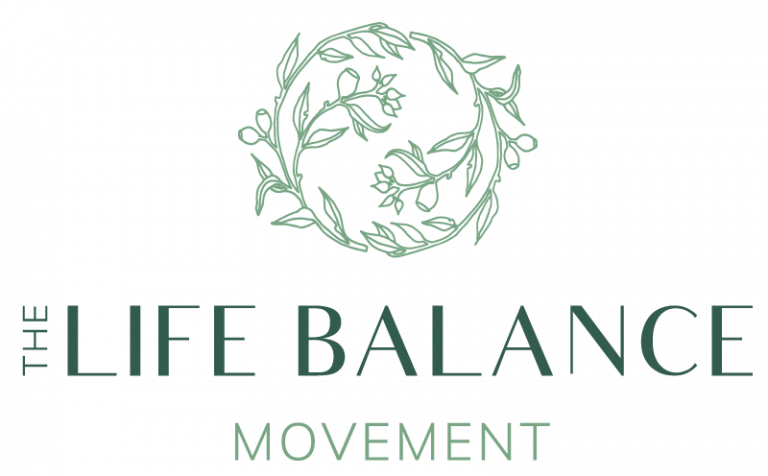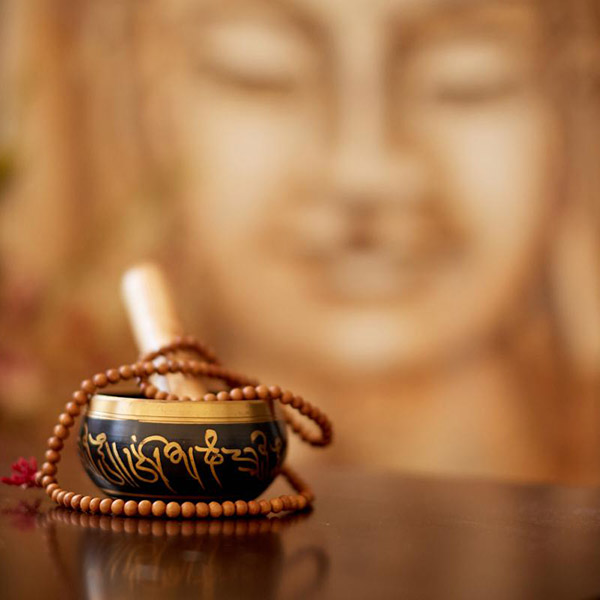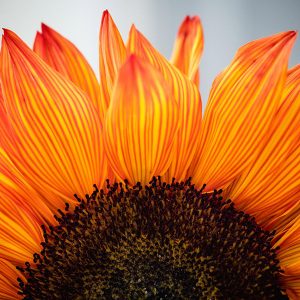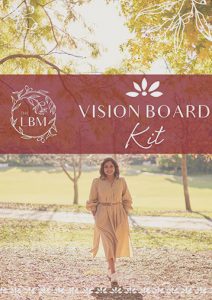The benefits of meditation have been the subject of research for quite some time: improved quality of sleep, better concentration and productivity, increased ability to manage stress and the alleviation of depression and anxiety symptoms.
It can be a relief to know that meditation is not all about sitting still and forcing ourselves not to think! There are many, many ways and different styles to suit the various temperaments we all have as individuals. Here are a few common styles to begin exploring.
Guided meditation is a good starting point for those who prefer a soothing voice with step by step instructions on how to meditate. Usually beginning with a body scan to relax the main muscle groups, it is followed by creating imagery in our mind designed to bring a total state of relaxation, and then focuses the thoughts on positive affirmations.
For those who cannot imagine sitting still even for 10 minutes, yoga is an active alternative. Yoga includes an element of meditation in observing physical sensations through its poses and sequences (without necessarily needing to hold pretzel like positions). Another active option is walking meditation. Walking meditation involves paying attention to the sensations happening within us while simultaneously taking in the environment around us.
Moving beyond relaxation, meditation can be used to focus the mind on something specific. Visualisation of a desired state or outcome is often a style elite performers and athletes use to enhance their performance. This works by visualising the performance in the mind’s eye in minute detail supported by focused, positive thoughts and affirmations. Hypnosis is another form of this style with targeted suggestions to the subconscious mind, often working on deep rooted, negative beliefs which can present themselves as mental blocks that we may not be aware of.
Alternatively, meditation can be used to simply practise being an observer to our own thoughts. Some styles imagine thoughts as bubbles that spontaneously arise in our mind and label them as they arise; for example, “worry thought”, or “food thought”, or “future thought”. Once labelled, the idea is not to engage with it, but to let the thought bubble float past without judgement. This method, in its variations, is known as mindfulness. Mindfulness helps to increase self-awareness by practising being more conscious of our thoughts all day long in whatever activity we do.
Breath awareness is another technique in which we practise observing our breath going in and out, slowly and deliberately. The key is to focus on the breath, and only the breath. When the mind wanders, as it will, we gently bring our attention back to our breath, time and again. There are other variations in which the breathing is performed in a particular manner or sequence, known as pranayama; these specific styles are best learnt from an accredited teacher.
Last but not least, mantra-based meditation is considered a more spiritual form of meditation where a specific word or phrase is focused on and repeated, sometimes with the help of meditation beads. One can repeat the “Aum” sound, or a specific chant or phrase usually popular in Buddhist and Hindu cultures. This style of meditation is also best learnt from a master of that particular tradition or technique.
